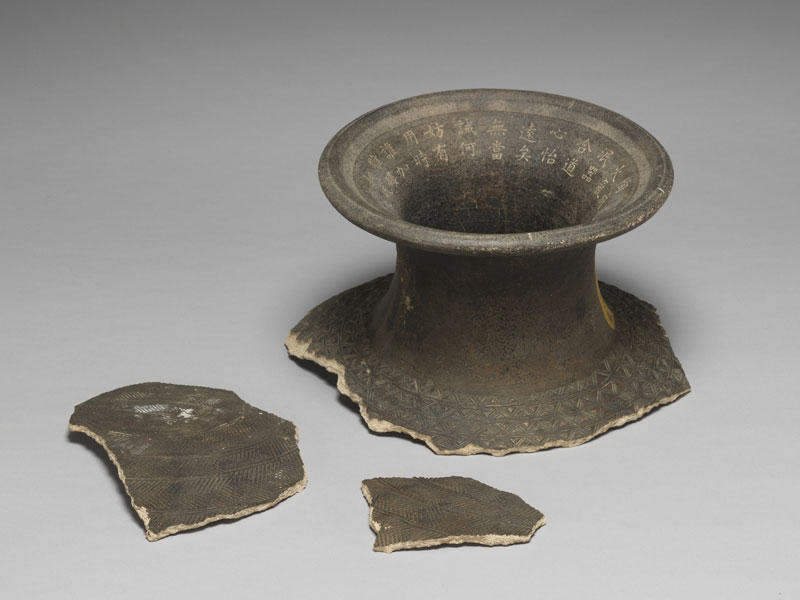In Thailand, archaeological excavations have uncovered color-painted earthenware at Ban Chiang, a Neolithic archaeological site (BCE2100-200CE). During the Kingdom of Funan (from the first century to the seventh century) and the Kingdom of Dvaravati (from the sixth century to the eleventh century), there had been production of elaborately ornamented ceramic wares for daily use and building construction. Suryavarman II of the Angkor Dynasty (1113- 1150) expanded his territory to cover the northeastern part of current Thailand and established a cluster of kilns for high-temperature gray glazed ceramics. In the middle of the thirteenth century, Thailand finally formed an independent and unified country; the ceramic industry became highly developed and progressed to an era of refinement. Nowadays, one can find in central and northern Thailand ruins of important kiln sites from the period between the fourteenth and the sixteenth centuries. Adapting itself to the trend of porcelain trade in the world, the ceramic industry in Thailand has developed its specialism in celadon wares with carved and incised designs and iron painting, meeting the huge demand both domestically and internationally, and opening up a fertile ground in the international market and excelling as a commercial success.

